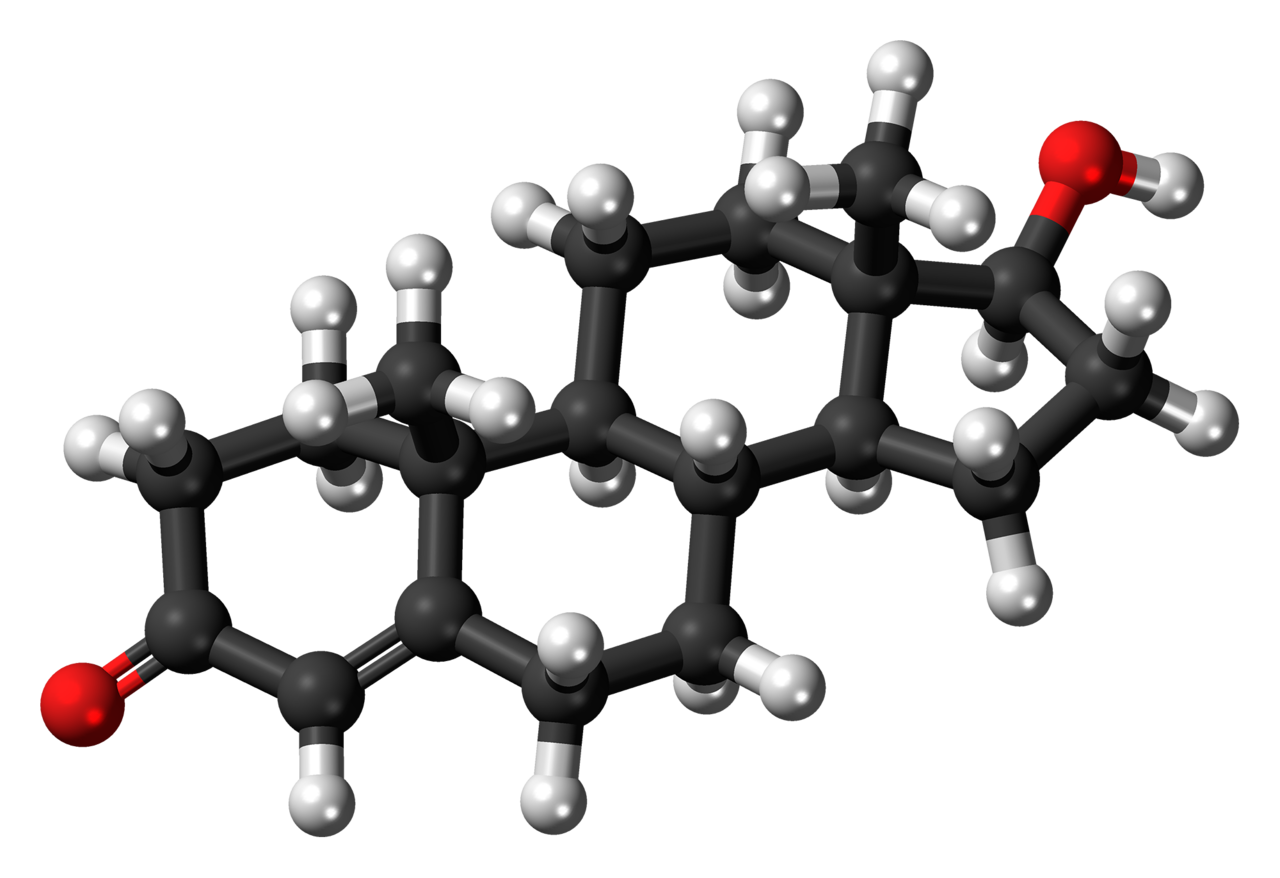Testosterone and hair loss – is there a connection?
Hair loss, AKA male pattern baldness, is a common concern for many men, and can have a significant impact appearance and self-esteem. While there are many potential causes of hair loss, one often cited contributing factor is excess testosterone. But is there really a connection between testosterone and hair loss?
What does the research say about testosterone and hair loss?
As we know well, testosterone is the hormone produced by the male testicles, responsible for many of the physical and sexual characteristics that are associated with men including strength and muscularity. It is also involved in the regulation of many bodily processes, including hair growth.

While testosterone is generally considered important for hair growth, there is some evidence high levels of testosterone may be linked to hair loss. One study found men with male pattern baldness had higher levels of testosterone in their bloodstream compared to men with full heads of hair.
However, it is important to note this relationship is not necessarily causal. In other words, it is not necessarily true high levels of testosterone cause hair loss. It is possible that hair loss and high testosterone levels are connected in other ways – for example, it is known male pattern baldness is caused by a combination of genetic and hormonal factors.
It is also worth noting that testosterone levels can fluctuate over time, and high levels of testosterone are not always associated with hair loss. In fact, some men with high testosterone levels may actually have thicker, healthier hair.
Can testosterone treatments actually help with hair loss?
In some cases, men with low testosterone levels may experience hair loss as a result of their hormonal imbalance. In these cases, testosterone replacement therapy (TRT) may be used to help restore testosterone levels to normal and potentially improve hair growth.

However, it is important to note that the effectiveness of TRT for hair loss is not well established. While some preliminary studies have suggested TRT may be effective in treating hair loss in men with low testosterone levels, more research is needed.
Additionally, it is worth noting that TRT is not without risks. Some potential side effects of TRT include acne, prostate cancer, and heart attack. It is important to carefully weigh benefits and risks of TRT with a healthcare professional before starting treatment.
What other solutions are there for male pattern baldness?
Finasteride and Minoxidil
One common treatment for male pattern baldness is medication. Finasteride and minoxidil are commonly used to treat male pattern baldness. Finasteride works by blocking the production of dihydrotestosterone (DHT), a hormone believed to play a role in male pattern baldness. Minoxidil, on the other hand, works by promoting blood flow to the scalp and helping to stimulate hair growth. Both medications are available by prescription and are typically taken orally or applied topically to the scalp.
Hair transplant surgery
Another option for treating male pattern baldness is hair transplant surgery. This procedure involves transferring hair follicles from a donor area (such as the back of the head) to the balding area. Hair transplant surgery can be an effective treatment for male pattern baldness, but it is typically more expensive and invasive than medications. Nonetheless, the technology has evolved considerably and nowadays many men are delighted with the results – see the next section,
Micrografting
Micrografting is a type of hair transplant surgery in which the patients own skin tissue to stimulate existing follicles and slow hair loss. Typically a biopsy is taken from the back of the neck, and miniscule skin grafts extracted from areas with the thickest hair. These stem cells are mixed with growth factors and then injected into the scalp to stimulate hair growth.
Platelet-rich plasma (PRP) injections
More recent technologies in the field of hair replacement to combat male pattern baldness are Platelet-rich plasma (PRP) injections. PRP is used for many health treatments including sports injuries. It works by taking platelet-rich plasma samples from patient’s blood, then injecting the plasma into the injured area – for example a damaged tendon. The dense concentration of bioproteins accelerate the healing process. Studies have shown PRP can significantly reduce hair loss.
Finally, some men choose to embrace their hair loss and use hairstyles or hairpieces to cover up their balding areas. While these solutions may not regrow lost hair, they can help men feel more confident and comfortable with their appearance.
Other hair loss causes besides testosterone
While testosterone may be one factor that can contribute to hair loss, it is important to consider other potential causes as well. Other common causes of hair loss in men include:
- Genetics: Male pattern baldness is the most common type of hair loss in men, and it is largely inherited. If you have a family history of hair loss, you may be more likely to experience hair loss yourself.
- Age: Hair loss becomes more common as men age. (this can actually be due to natural decline in testosterone levels that occurs with age).
- Medical conditions: Some medical conditions, such as autoimmune disorders and scalp infections, can cause hair loss.
- Medications: Certain medications, including those used to treat cancer and high blood pressure, can cause hair loss as a side effect.
- Stress: Stress and anxiety can contribute to hair loss by disrupting the normal hair growth cycle.
Conclusion
Testosterone is involved in the regulation of many bodily processes, including hair growth. While some studies have suggested that both high and low levels of testosterone may be linked to hair loss, the relationship between testosterone and hair loss is not firmly established. On balance, evidence suggests testosterone is not something to fear. It is a very important hormone closely interlinked with male health, building and maintaining muscle, virility, vitality and fertility. There are many ways to naturally increase testosterone which we explore here at M&FH. Keep those T levels up!





